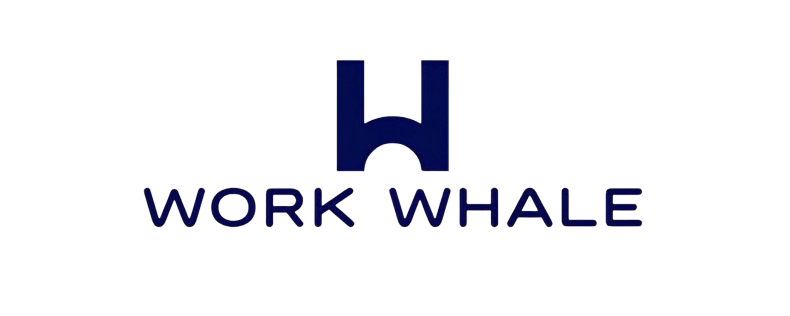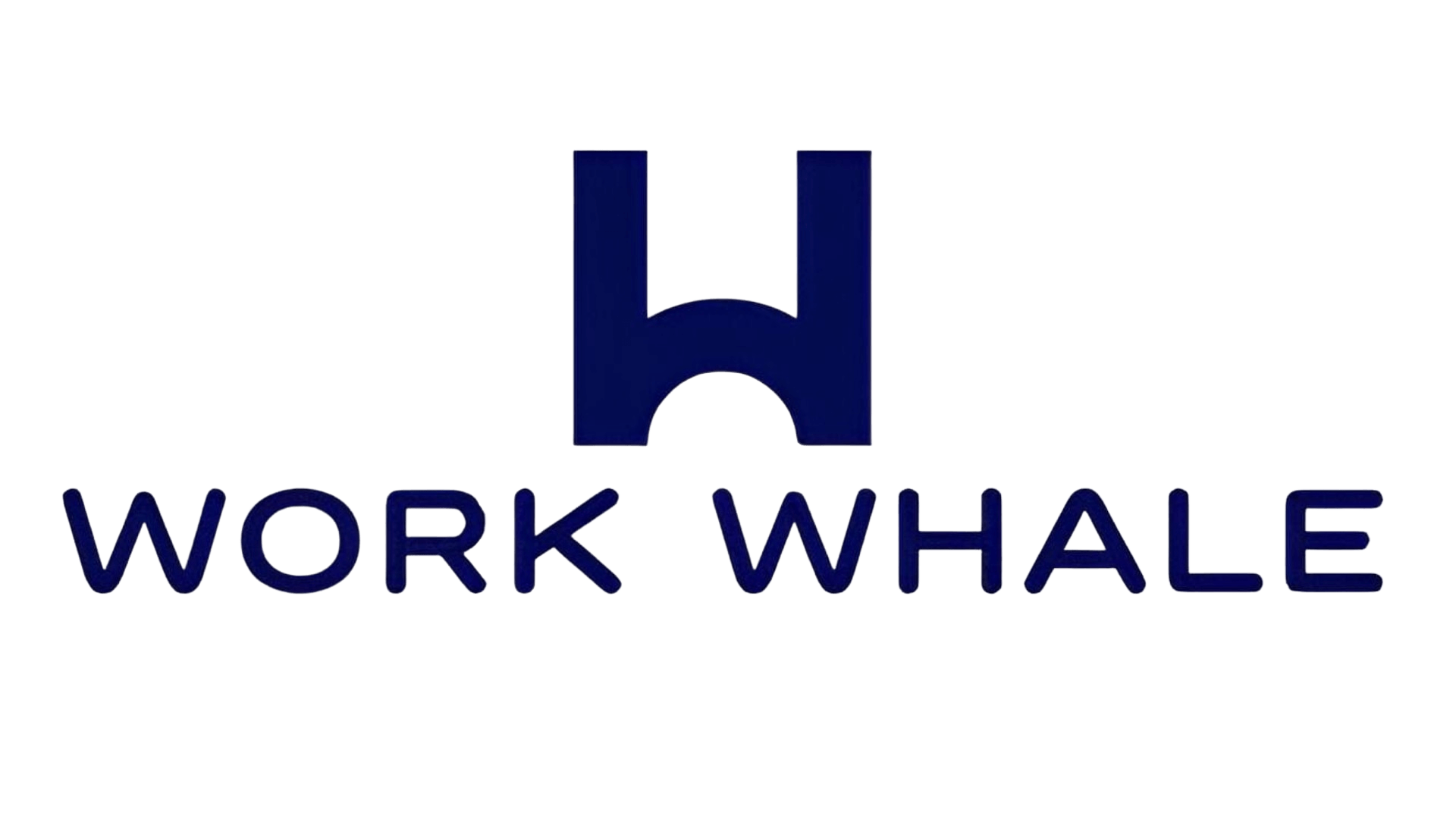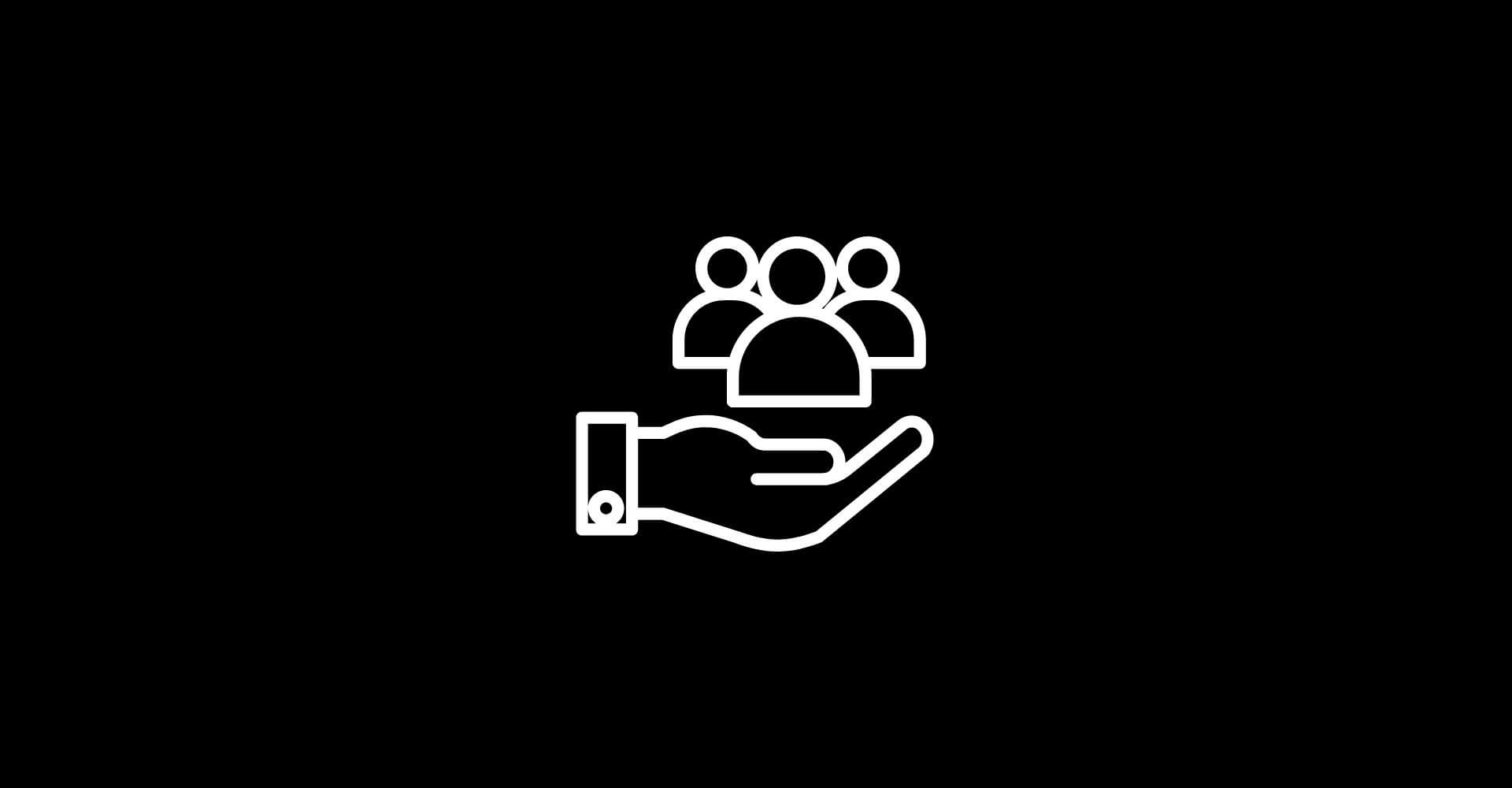The resume is often the first point of contact between a candidate and a prospective employer, making it a critical document in the hiring process. However, with a multitude of resumes flooding the job market, identifying the right candidate can be a challenging task. In this blog post, we’ll explore the crucial things to look for in a resume, helping hiring managers and recruiters streamline their evaluation process and identify candidates who align with the needs of their organization.
1. Clear and Concise Formatting:
The presentation of a resume speaks volumes about a candidate’s attention to detail and communication skills. Look for clear and concise formatting, with well-organized sections, consistent fonts, and an easy-to-follow structure. A visually appealing resume is more likely to capture the attention of recruiters.
2. Contact Information:
Ensure that the resume includes the candidate’s up-to-date contact information, including a professional email address and a phone number. This information is crucial for reaching out to potential candidates and scheduling interviews.
3. Professional Summary or Objective:
A well-crafted professional summary or objective can provide valuable insights into a candidate’s career goals and what they can bring to the table. Look for a concise and impactful summary that highlights the candidate’s key strengths and aspirations.
4. Relevant Skills:
Assess the candidate’s skills section to ensure alignment with the requirements of the position. Look for a combination of hard skills (technical or specific to the role) and soft skills (communication, teamwork, problem-solving) that demonstrate the candidate’s suitability for the job.
5. Work Experience:
Examine the candidate’s work experience section for relevance and depth. Focus on achievements and measurable outcomes rather than just job responsibilities. Look for consistency in job titles, companies, and dates to gauge the candidate’s career progression.
6. Quantifiable Achievements:
Successful candidates often highlight quantifiable achievements in their previous roles. Whether it’s exceeding sales targets, improving efficiency, or leading successful projects, achievements provide tangible evidence of a candidate’s impact in previous positions.
7. Education and Certifications:
Check the candidate’s educational background to ensure they meet the minimum requirements for the role. Additionally, look for relevant certifications or professional development that adds value to their qualifications.
8. Keywords and Tailoring:
Candidates who tailor their resumes to the specific job posting are more likely to stand out. Look for the inclusion of keywords and phrases from the job description, indicating that the candidate has carefully considered how their skills and experiences align with the requirements of the role.
9. Career Gaps and Explanations:
Assess any gaps in the candidate’s work history and look for explanations. A well-crafted resume will address career gaps transparently, providing context and demonstrating the candidate’s ability to navigate challenges.
10. Attention to Detail:
Typos, grammatical errors, and inconsistencies can be red flags. A resume that demonstrates attention to detail reflects a candidate’s commitment to professionalism. Conversely, careless mistakes may indicate a lack of thoroughness.
11. Professional Development and Continuous Learning:
Look for indications of ongoing professional development, such as courses, workshops, or certifications. A commitment to continuous learning suggests a candidate who is proactive about staying updated and improving their skill set.
12. Relevant Extracurricular Activities:
While not always necessary, relevant extracurricular activities can provide additional context about a candidate’s interests, leadership skills, and community involvement. Consider how these activities align with the values and culture of your organization.
Conclusion
A resume is a snapshot of a candidate’s professional journey, and a careful review can reveal a wealth of information about their qualifications, achievements, and potential fit within your organization.






